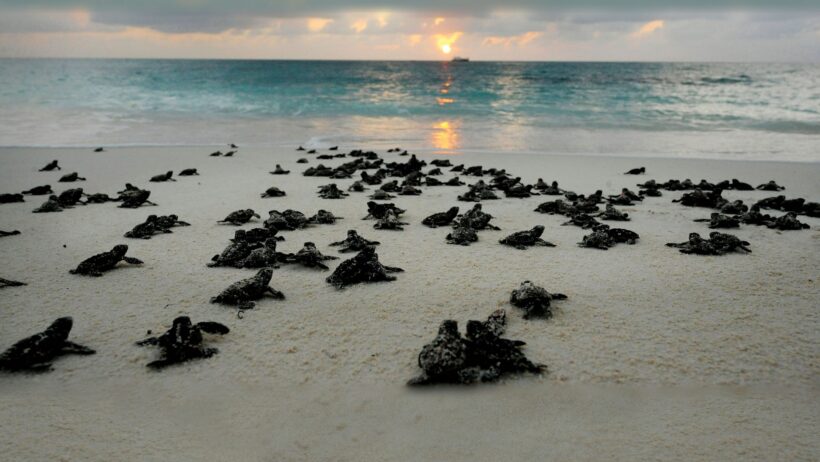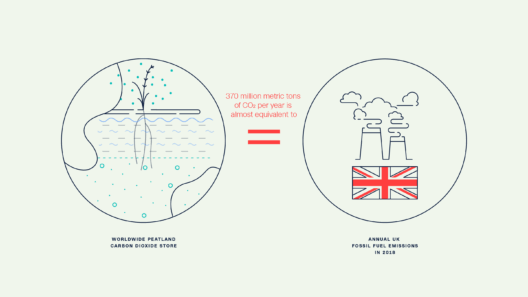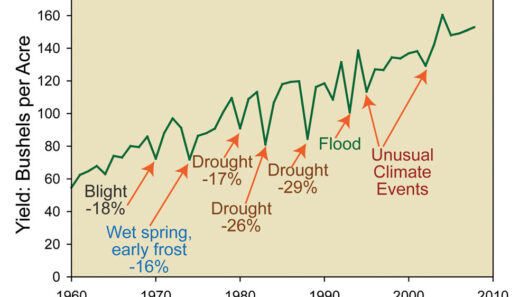Sea turtles have long captivated the imaginations of people around the globe. Their grace in the water, fascinating life cycles, and vital role in marine ecosystems create an aura of wonder. However, beneath this enchanting facade lies a pressing reality: global warming threatens to wreak havoc on sea turtle sanctuaries, placing these majestic creatures at risk and ultimately disrupting coastal ecosystems. This essay delves into the multifaceted implications of climate change on sea turtle habitats, how these changes affect marine biodiversity, and the urgent need for more robust conservation measures.
To understand the gravity of the situation, one must first grasp the ecological significance of sea turtles. These reptiles, which have swum the oceans for over 100 million years, are integral to the health of marine environments. They help maintain seagrass beds and coral reefs, which provide crucial habitats for numerous marine species. The decline of sea turtle populations due to global warming poses a risk not only to their own survival but also to the intricate web of life that relies on them.
Global warming, primarily driven by anthropogenic carbon emissions, is leading to a series of deleterious changes in coastal environments where sea turtles breed and nest. Among the most concerning effects of climate change is rising ocean temperatures, which can have profound implications for the success of turtle nesting. Sea turtles exhibit temperature-dependent sex determination; when sand temperatures increase, the ratio of female to male hatchlings is disrupted. Consequently, as warming continues, there is potential for populations to become skewed towards females, leading to long-term reproductive challenges.
Furthermore, rising sea levels threaten the beaches that serve as nesting grounds for turtle species. Coastal erosion, exacerbated by increased storm intensity and frequency, destroys these crucial habitats. Locations that have long served as safe havens for sea turtle nesting may become submerged or inhospitable, leaving females with fewer options to lay their eggs. In some regions, entire populations are at risk of local extinction simply due to the loss of suitable nesting sites.
In addition to direct impacts on nesting, global warming has far-reaching consequences for the overall health of marine ecosystems. Coral reefs, which serve as critical habitats for numerous species, are particularly susceptible to rising temperatures and increased ocean acidity. The bleaching of corals precipitated by climate change can disrupt the delicate balance of these environments, leading to a decline in biodiversity that affects not just sea turtles but countless marine organisms that share these ecosystems. As these habitats degrade, the food sources and shelter necessary for sea turtles and their prey diminish, leading to overall ecological decline.
Another insidious consequence of climate change is the changing patterns of ocean currents and wind patterns, which can influence feeding grounds for sea turtles. Many species rely on specific habitats teeming with jellyfish, sea grasses, and other marine flora and fauna. Shifts in temperature and currents can lead to the displacement of these vital resources, making it increasingly challenging for sea turtles to thrive. This disruption can result in a decline in overall health and population numbers, further jeopardizing their survival.
Human activities further compound the challenges posed by climate change. Coastal development, pollution, and overfishing exacerbate the threats that sea turtles face. Urbanization along coastlines leads to habitat destruction and increases the likelihood of collisions with boats, while plastic pollution has devastating effects on marine life. Sea turtles often ingest plastic debris, mistaking it for food, which can lead to malnutrition and death. The confluence of these pressures highlights the urgent need for comprehensive environmental policies that address both climate change and human impacts on marine ecosystems.
Addressing the plight of sea turtle sanctuaries under siege requires a multifaceted approach grounded in conservation and resilience-building. Protecting nesting habitats through the establishment of marine protected areas (MPAs) is critical. MPAs help to shield these environments from destructive human activities and allow for the restoration of degraded habitats. Furthermore, initiatives aimed at climate adaptation, such as managing coastal erosion and restoring natural dune systems, can enhance the resilience of nesting sites against rising sea levels.
Conservation organizations and governments worldwide are increasingly recognizing the importance of engaging local communities in conservation efforts. By raising awareness about the significance of sea turtles and the impacts of climate change, stakeholders can foster a sense of stewardship among residents. Community-based conservation initiatives not only empower individuals but also provide vital knowledge and resources for protecting vulnerable species. In tandem with policy changes, these grassroots efforts can play a pivotal role in enhancing the resilience of sea turtle populations.
Moreover, scientific research remains a cornerstone of effective conservation strategies. Continuous monitoring of sea turtle populations and their habitats will be essential to understand how climate change is affecting these species over time. This information will help inform conservation decisions and policy frameworks. Advances in technology, such as satellite tracking and genetic analysis, offer new avenues for gathering data and enhancing our understanding of these ancient mariners.
Ultimately, the plight of sea turtles is emblematic of broader environmental concerns. Acknowledging their struggles invites a deeper reflection on our collective responsibility to combat climate change. Protecting sea turtle sanctuaries offers a clearer path toward preserving marine biodiversity and fostering healthier oceans, which are essential not just for sea turtles but for all life on Earth. It is a clarion call for immediate and sustained action—not just for the sake of sea turtles but for the future of our planet.






